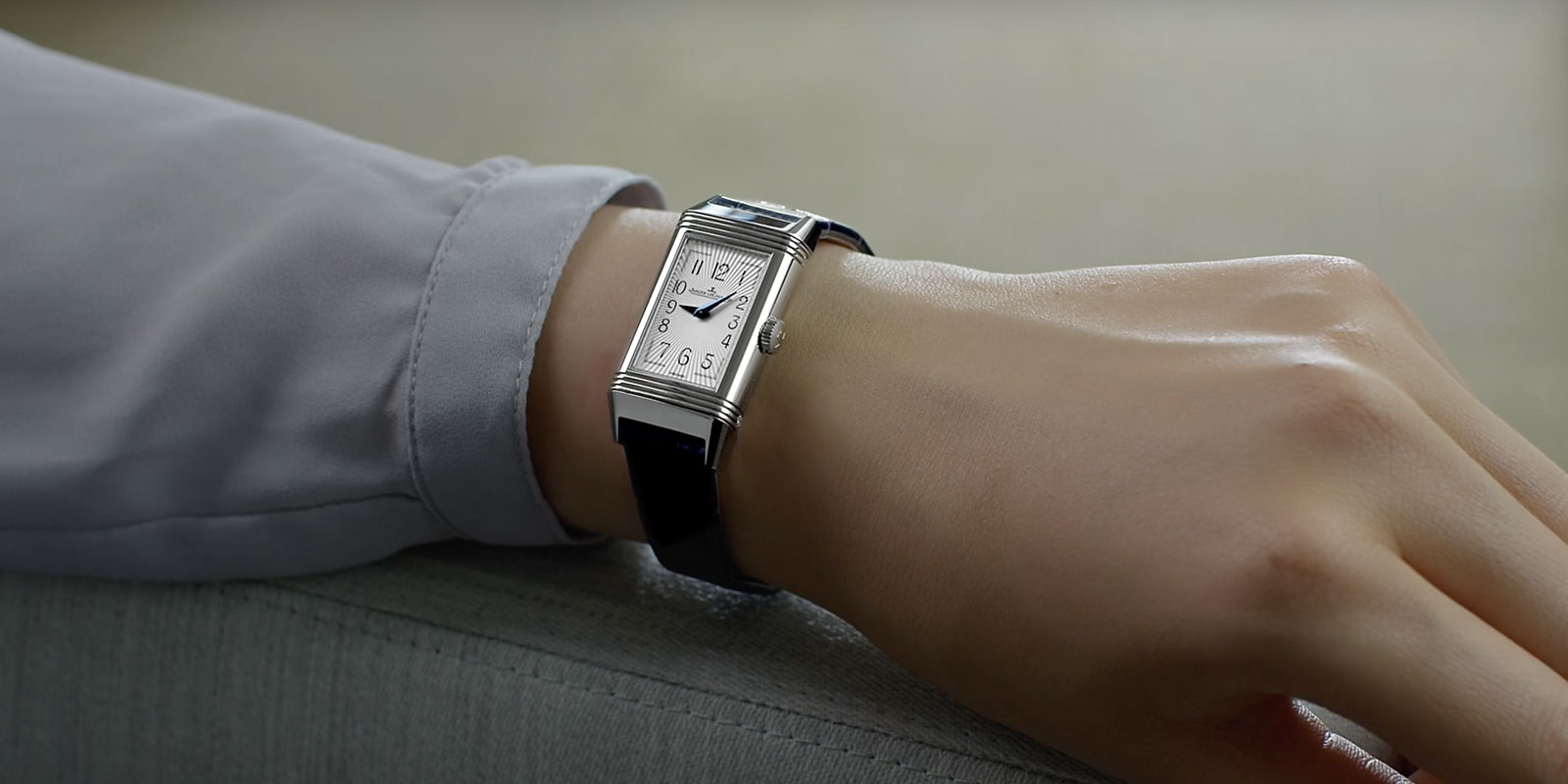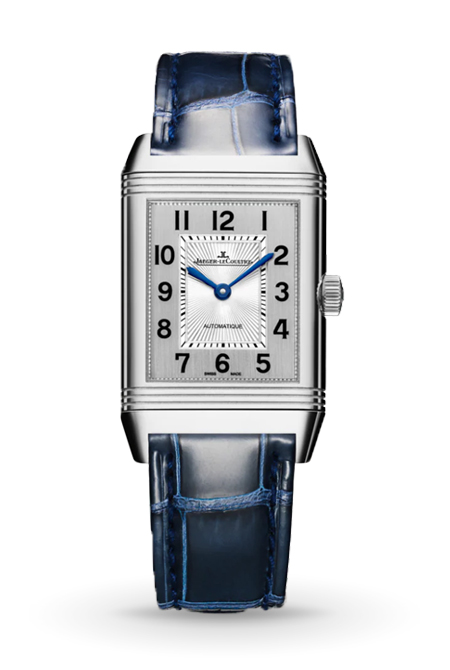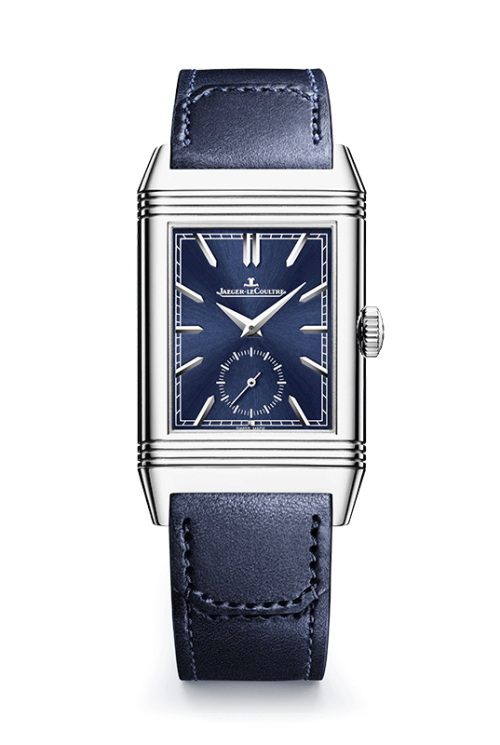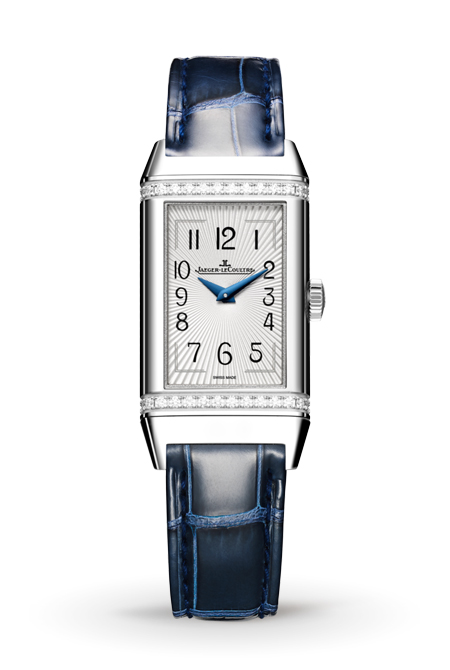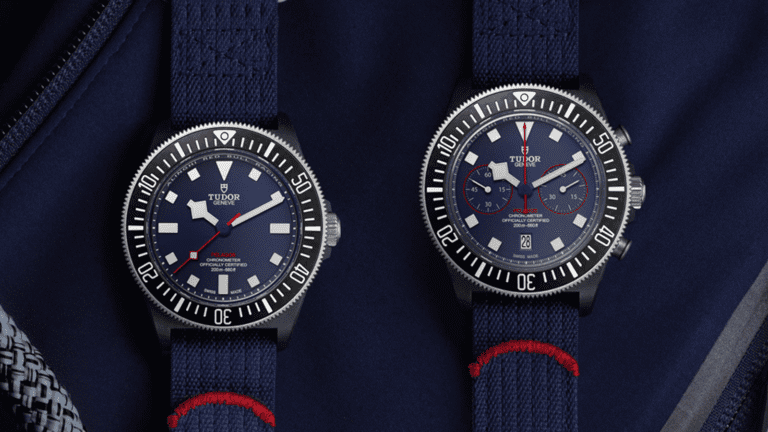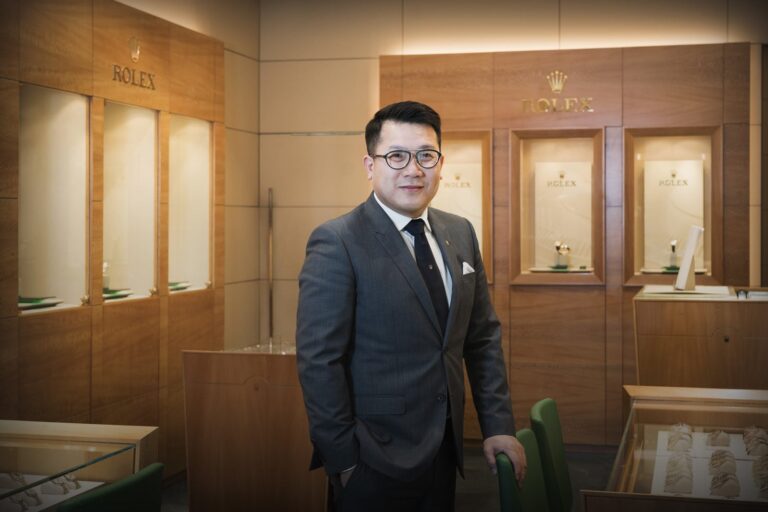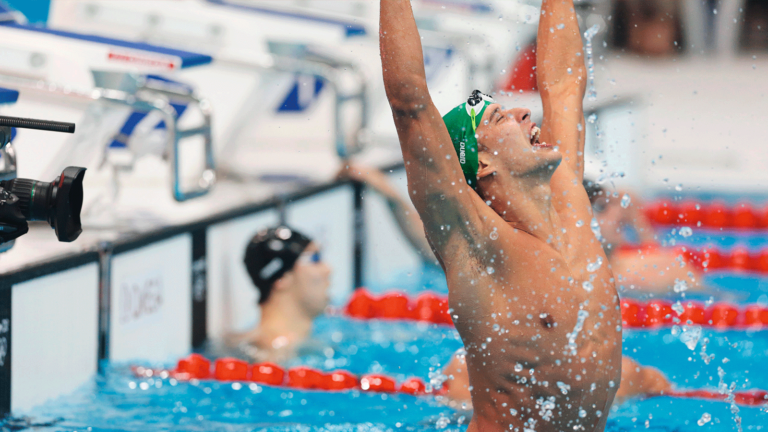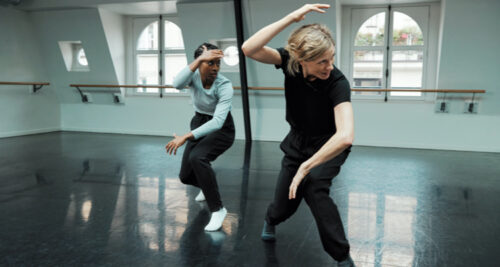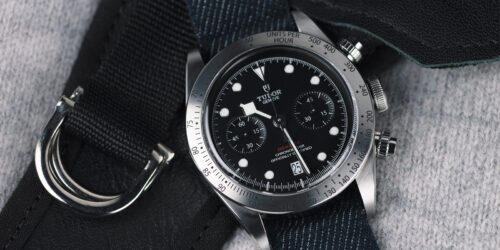The Jaeger-LeCoultre Reverso: What Makes it Iconic
Join us as we take a look a closer look at the innovative watch whose case can swivel a full 180 degrees.
Almost forgotten as a relic of the past, the Reverso made a triumphant comeback amidst the tail-end of the quartz crisis. Today, the dual-face versions have become some of the brand’s most popular timepieces.
The Reverso’s rich history holds the threads that eventually pulled together to form the Grand Maison now known as Jaeger-LeCoultre. At the time of its conception LeCoultre and Jaeger were affiliated but not yet a single entity. Perhaps most surprising of all, however, is that the concept for this iconic watch came to Switzerland from half-away across the world by way of India.
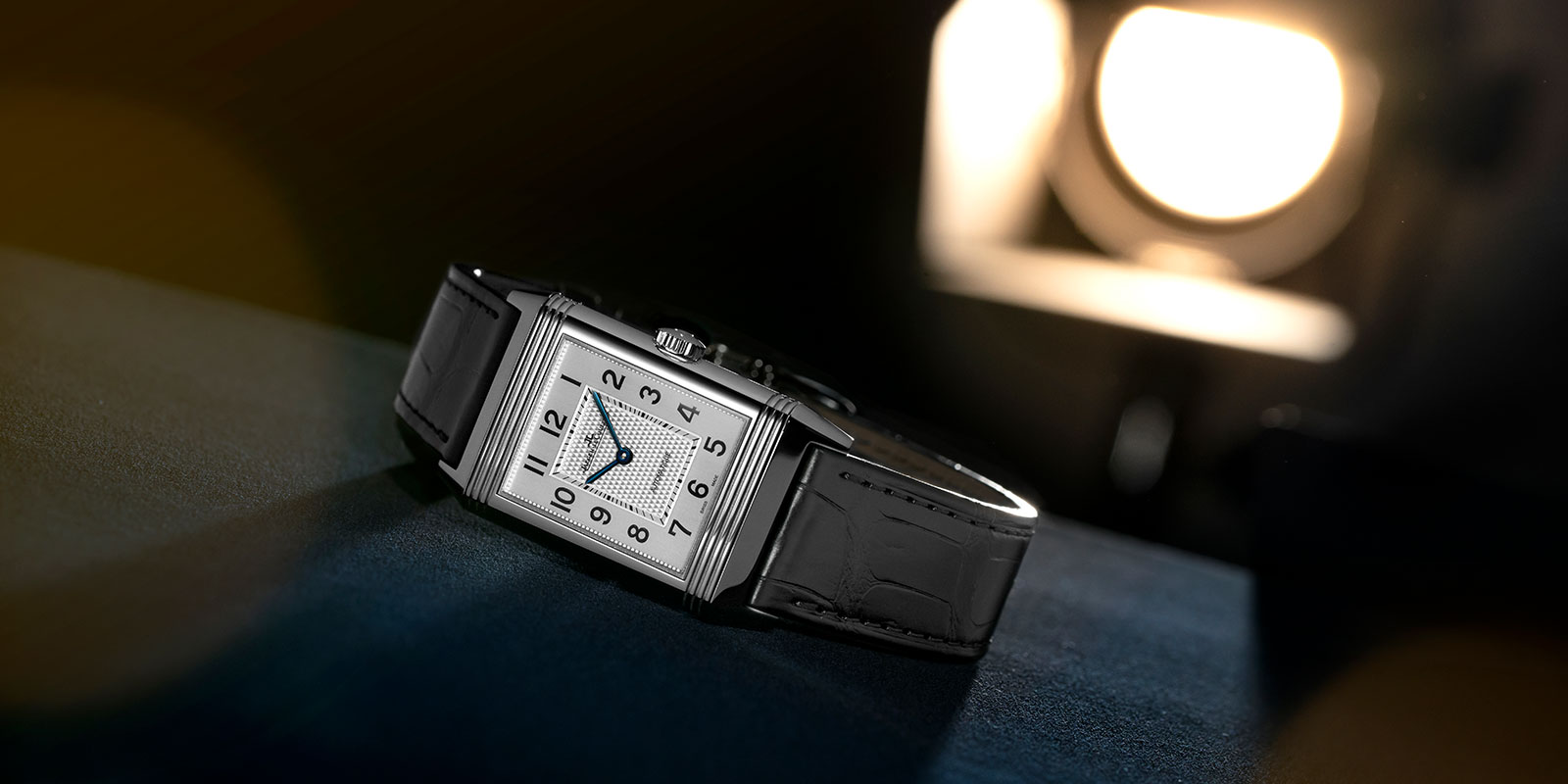
Genesis of the icon
The unique design of the Reverso traces its origins back to British officers on the subcontinent. They complained of the fragility of their wristwatches during polo matches. (Surprisingly, polo mallets and glass watch crystals did not mix well.) A watch importer named César de Trey brought the complaint back with him to Switzerland. He went to his supplier, (third-generation) Jacques-David LeCoultre and commissioned one of the first purpose-built sports watches. The solution devised was a rotating case. With a clock face on one side and a protective solid-steel face on the opposite.
LeCoultre engaged his firm’s French instrument affiliate, Edmond Jaeger to handle the engineering. Jaeger, in turn, engaged French engineer René-Alfred Chauvot to execute the design. Cases by Geneva’s A.E. Wenger and a Tavannes calibre 64 completed the technical package, all assembled in Le Sentier by LeCoultre. The Reverso debuted in 1931. Its timing, coinciding with the growing popularity of the Art Deco movement, couldn’t have been better. Its rectilinear lines and near-perfect proportions enthralled the watch-buying public. Starting in 1933, LeCoultre brought the movements in-house. The Reverso remained popular until the breakout of World War II.
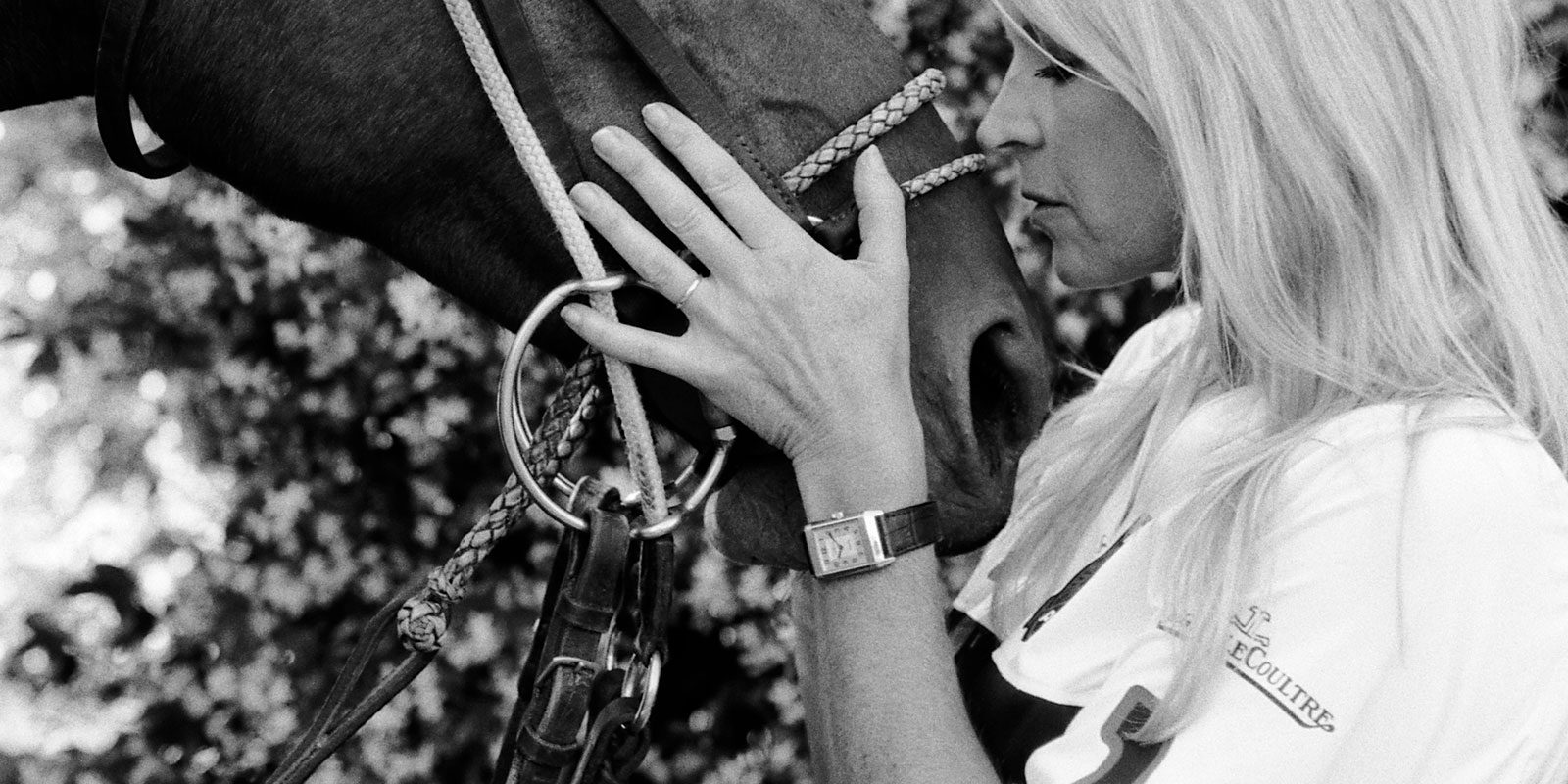
After which, the Reverso may have become nothing more than a footnote. Had it not been for one prominent devotee to the wristwatch with a ‘twist’. Italian distributor and Reverso collector, Giorgio Corvo. In 1972, he convinced JLC to fit the last of the new-old-stock Wenger cases with movements. They sold like hot cakes on the Italian market. The simultaneous onset of the quartz crisis prompted Jaeger-LeCoultre to take another look. The Reverso was reborn, fully made in-house and became the standard bearer of the company.
Today, the Reverso continues to find favour with savvy tastemakers, thanks to its chic style and high quality production. Below, we profile five popular models for your consideration.
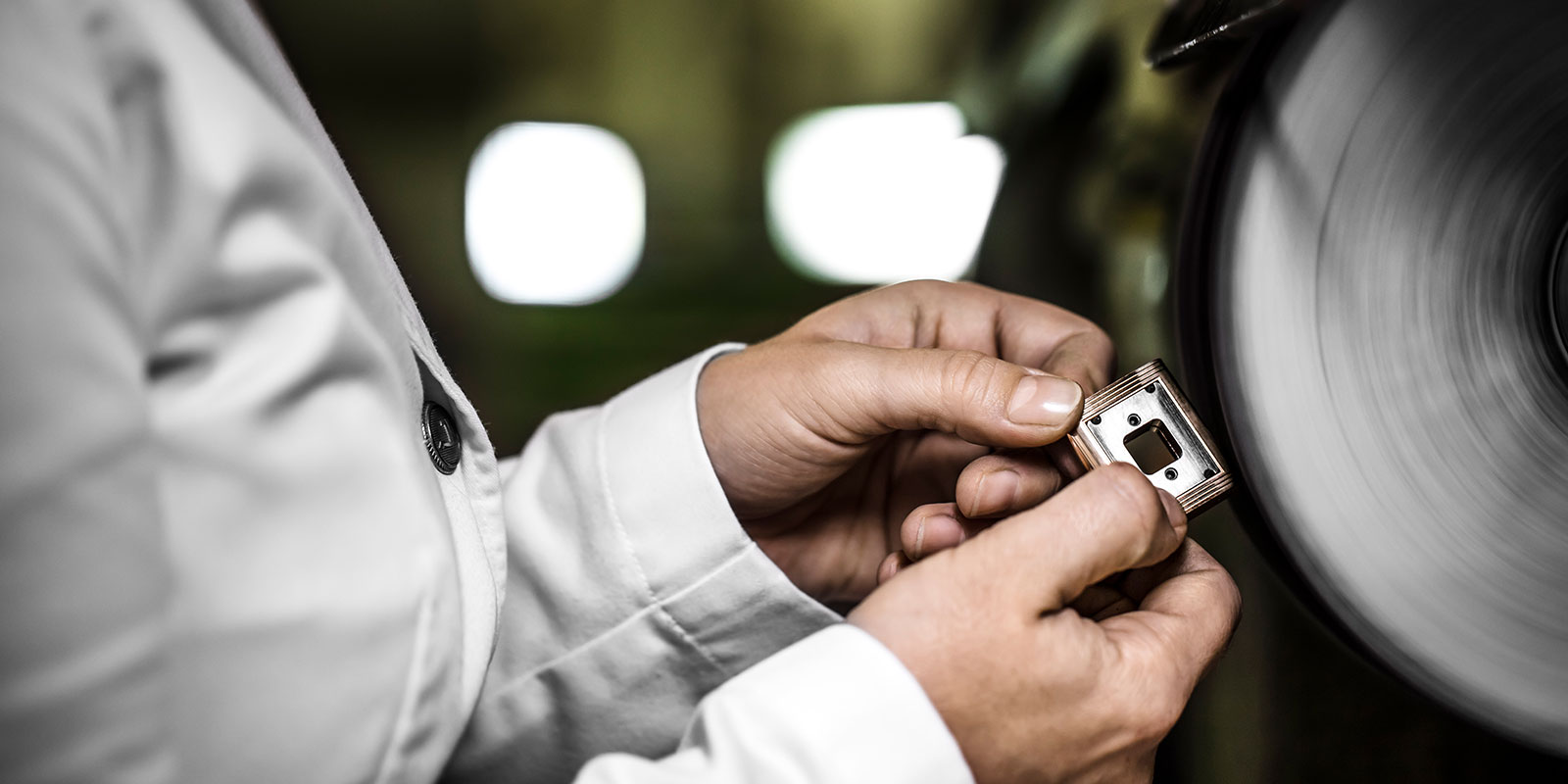
Reverso Classic Large Small Seconds
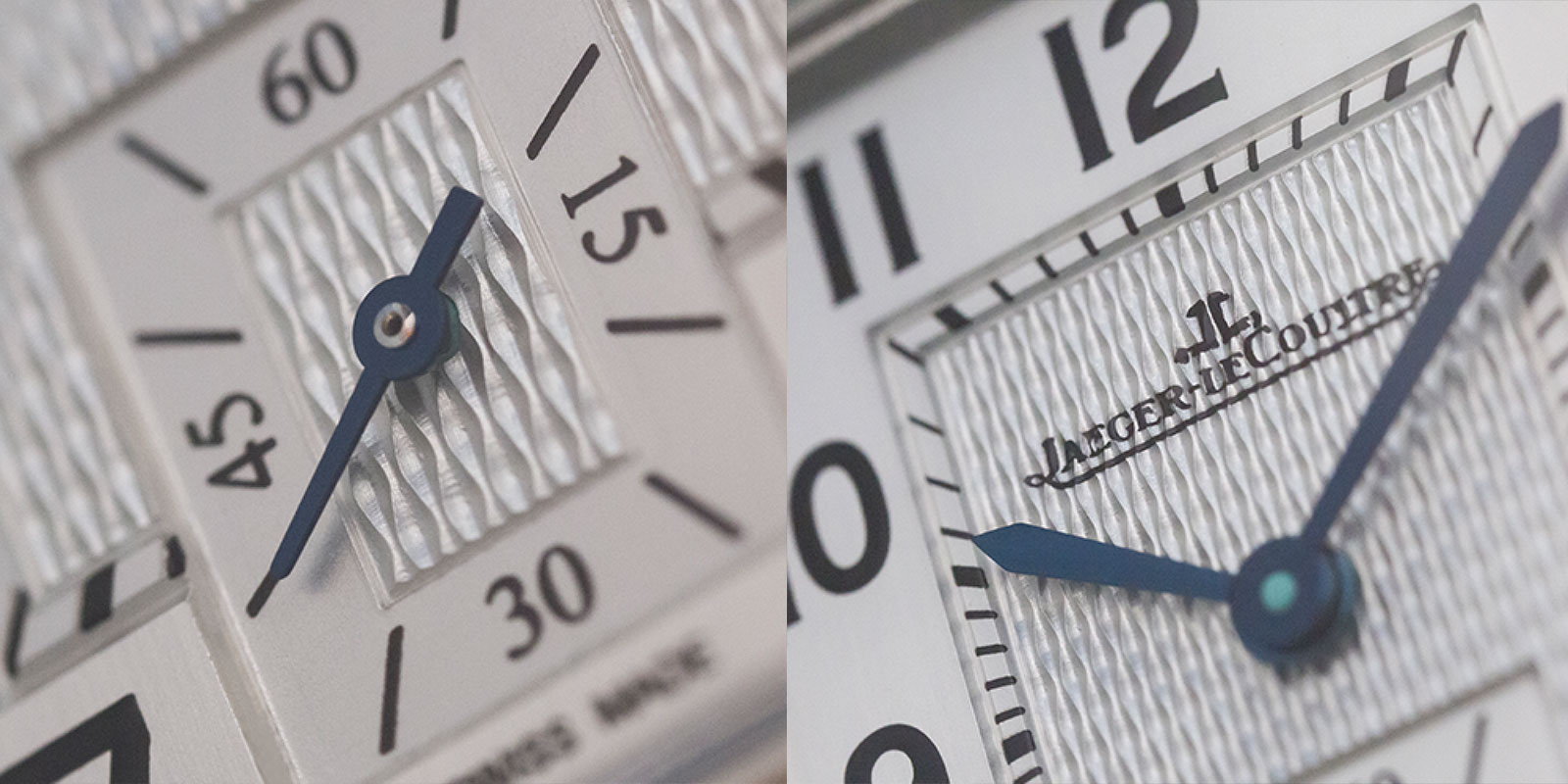
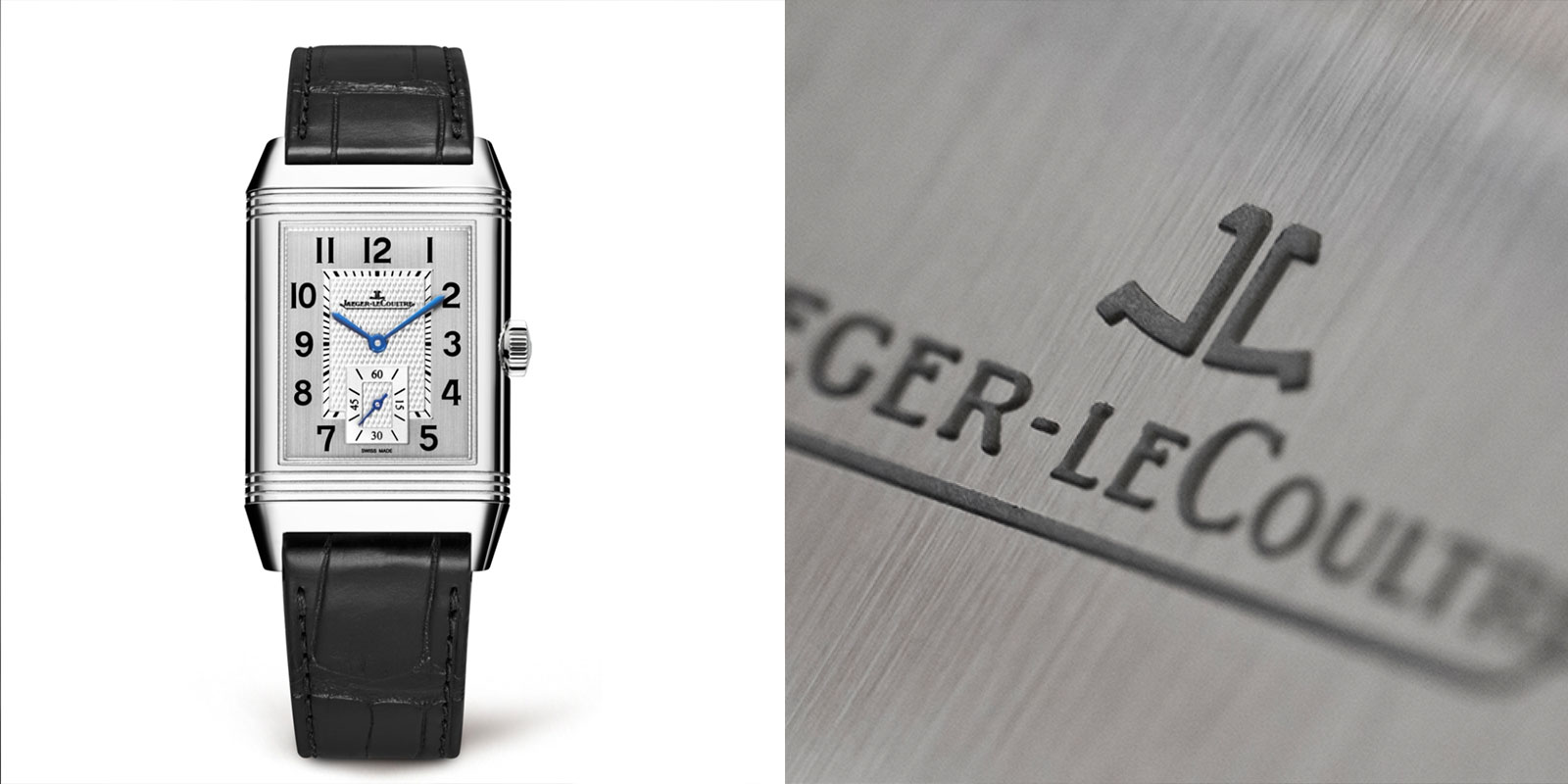
The Classic Large Small Seconds keeps to the original Reverso concept. Outside of sports, the solid rear face gifted the Reverso its second calling – personalisation. The blank piece of metal provides prime real estate for initials, family crests, dedications and miniature paintings. Framing both sides are the signature triple gadroons. The rectangular case measures 45.6 x 27.4mm, with a thickness of 8.5mm. The vertically brushed, silvered dial features a guilloché centre. The style is repeated for the small seconds counter inset at 6 o’clock. Baton hands are tempered to the traditional blue.
Movement: Jaeger-LeCoultre Calibre 822/2 – manual-winding mechanical, 108 parts (19 jewels). Power reserve: 45 hours. Water resistance: 3 bar/ 30m/ 100ft. Band: Alligator leather. Price: $9,300.
Reverso Classic Medium Duetto
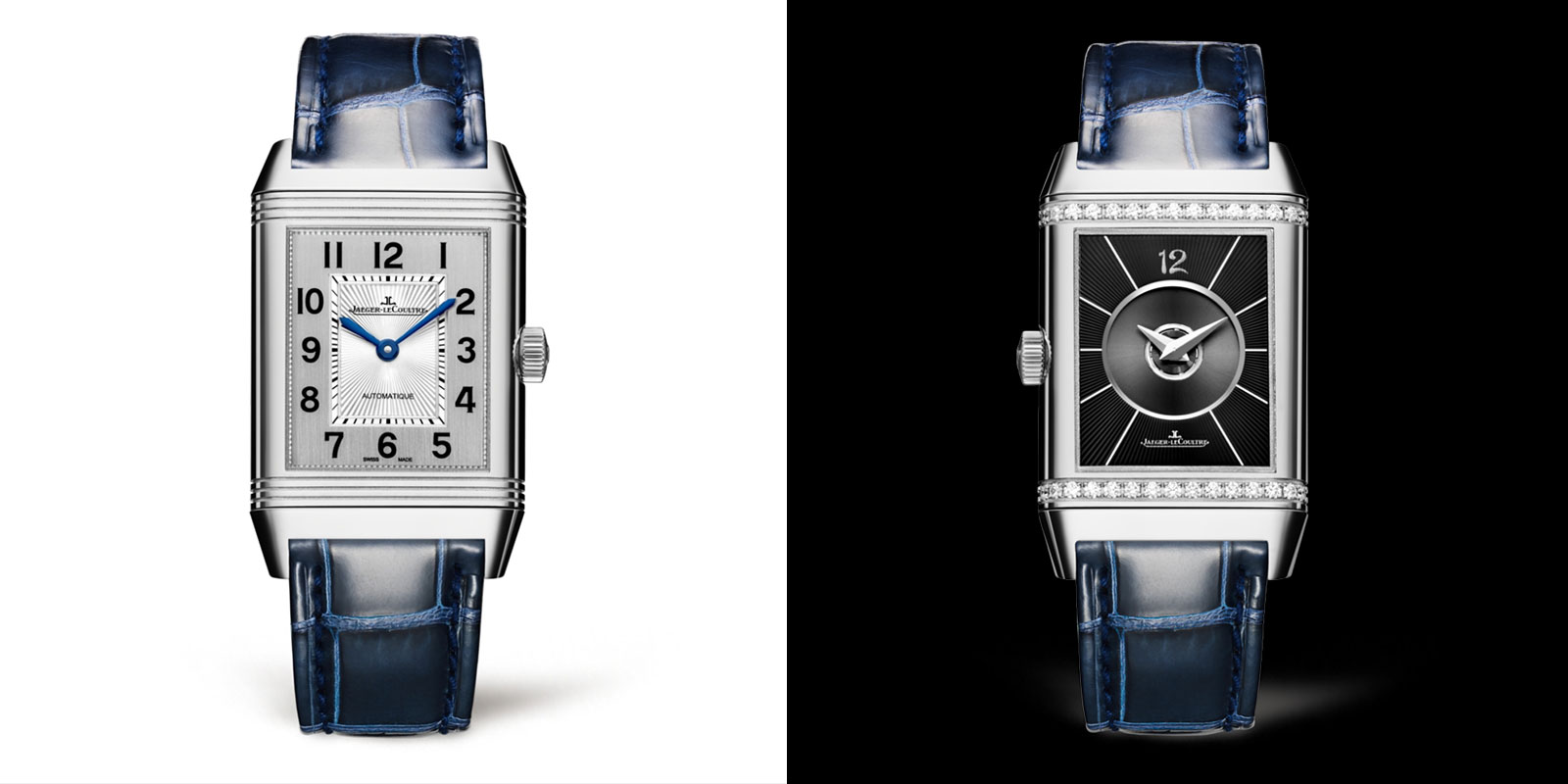
The Duetto is a ladies’ version of the reinvention of the Reverso. Introduced in 1994, the Dueface was a technical feat. A single movement driving dials on both sides. The Duetto followed in 1997. This example in stainless steel provides two personalities. The front silvered dial is vertical satin-brushed. Featuring guilloché, black transferred numerals and baton hands. The back dial is black with frosted numerals and dauphine hands. The middle gadroons are adorned with a row of diamonds. The case measures 40.1 x 24.4mm, and is 9.6mm thick.
Movement: Jaeger-LeCoultre Calibre 968A – self-winding mechanical, 207 parts (30 jewels). Power reserve: 38 hours. Water resistance: 3 bar/ 30m/ 100ft. Band: Alligator leather. Price: $15,000.
Reverso Classic Small Duetto
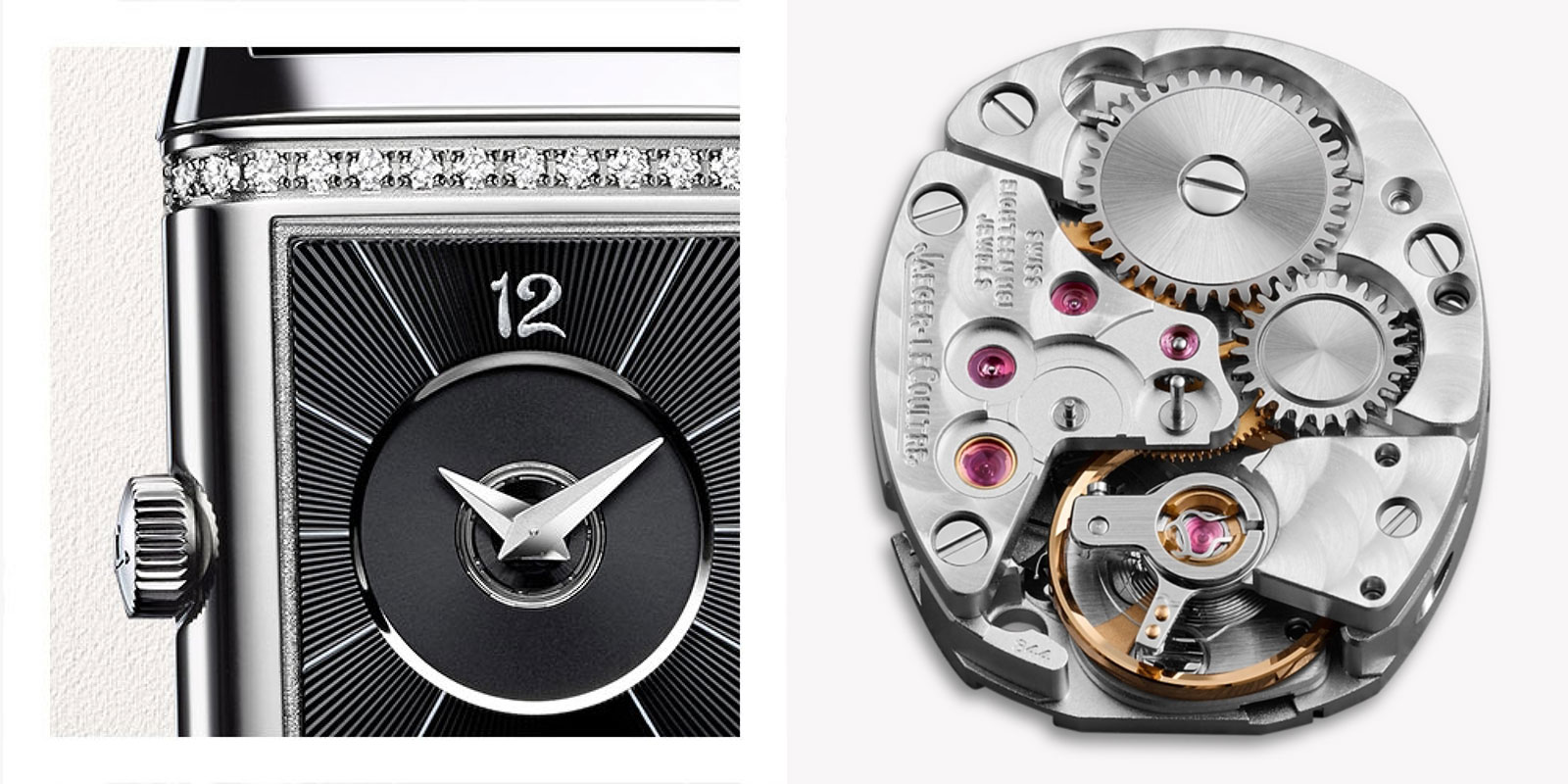
This is a smaller version of the above Classic medium Duetto. Its case measures 34.2 x 21mm, and is 8.7mm thick. This petite-sized Reverso again offers a rich surprise when the case is flipped. The ornamented hour markers on the back dial are reminiscent of the lead strips that divide a stained glass window.
Movement: Jaeger-LeCoultre Calibre 844 – manual-winding mechanical, 100 parts (18 jewels). Power reserve: 38 hours. Water resistance: 3 bar/ 30m/ 100ft. Band: Alligator leather. Price: $12,200.
Reverso Quartz
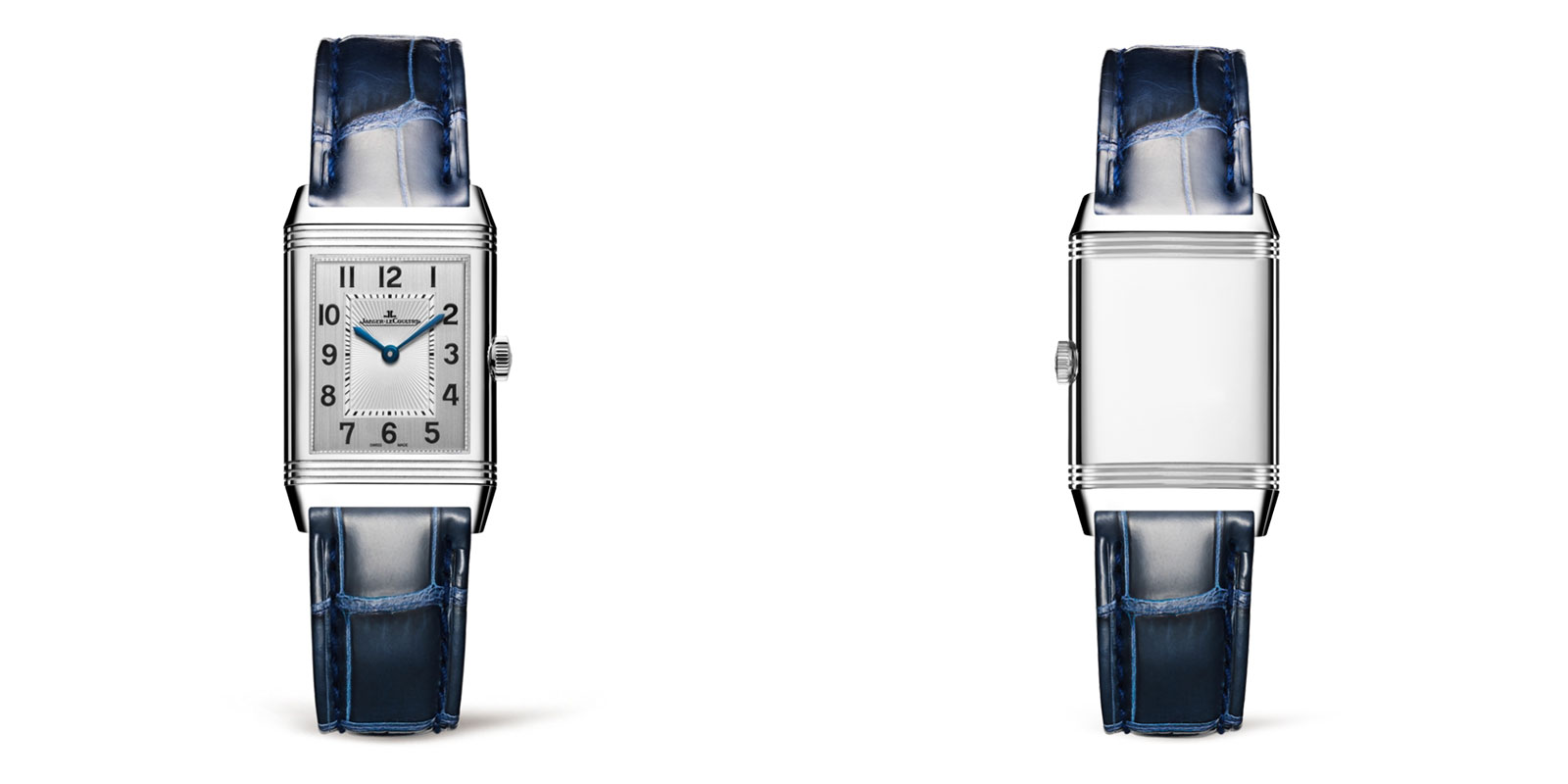
The Reverso made its resurgence with quartz movements in the mid-1980s. This example measures the same as the Classic Small Duetto above – 34.2 x 21mm. But with a single clock face and compact movement, its case thickness is only 7.4mm. The stainless steel rear face again offers space for personalisation. Engraving, lacquer, hammered gold leaf. The possibilities are only limited by your imagination. The silvered dial is vertical satin-brushed, with a sunray-style guilloché centre. Black transferred numerals, railtrack minute chapter and baton hands complete the look.
Movement: Quartz (battery). Water resistance: 3 bar/ 30m/ 100ft. Band: Alligator leather. Price: $6,300.
Reverso One Duetto Moon
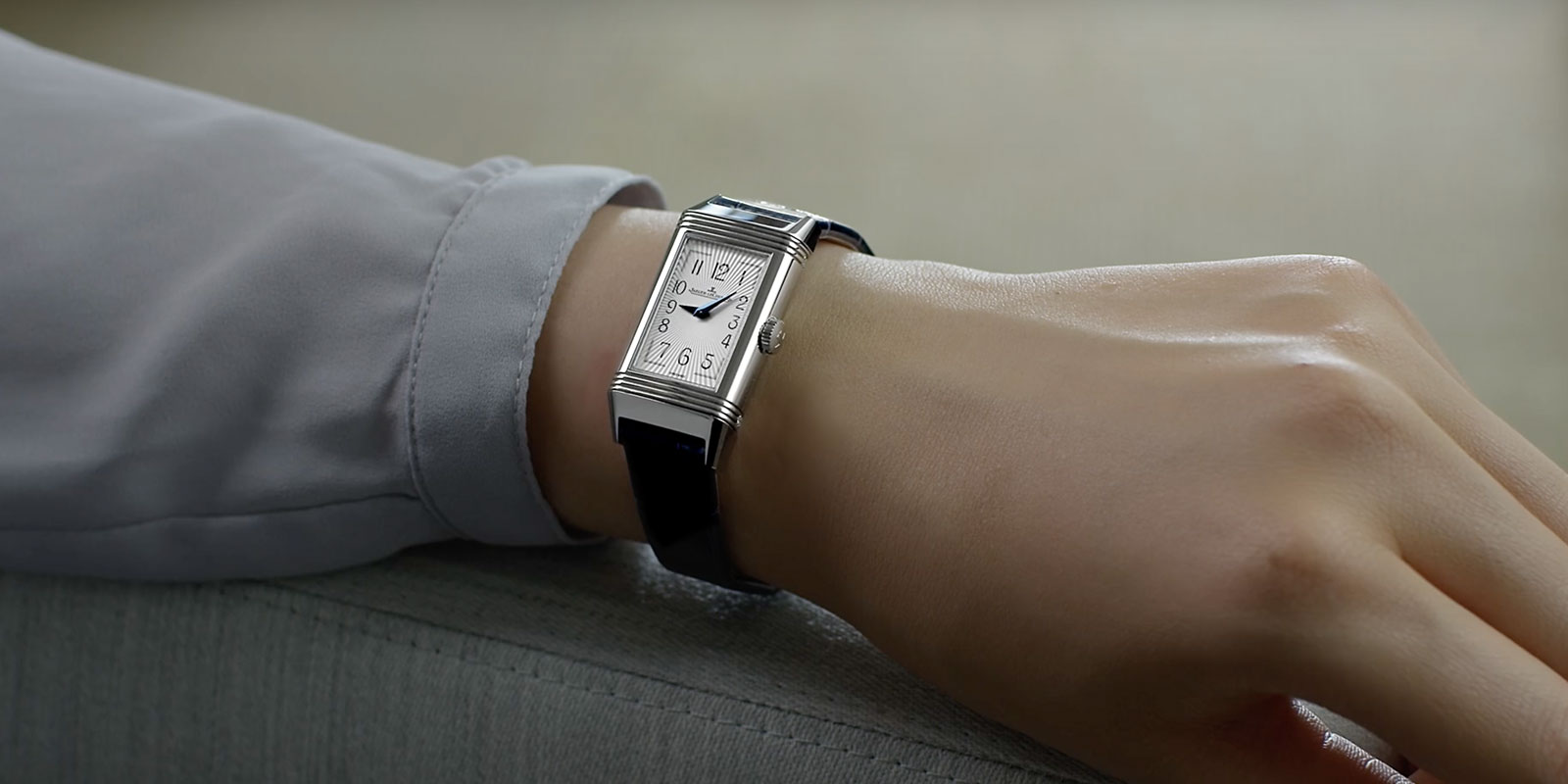
This ladies’ dual-face offers two contrasting dials, and a moon phase complication. The front dial offers a silvered guilloché and sunray-brushed finish, from centre to outer edges. Stylised black Arabic numerals shrink and expand to fit the framed clock face. Blued steel dauphine hands keep time. As always, the triple gadroons run across the top and bottom.
Flipping the case over reveals a second dial in midnight blue with powdered silver hour markers. Dauphine hands again tell the time. An additional circular aperture at 6 o’clock accommodates the moon phases. (The effect of the dial places the white moon in a ‘starry sky’.) Rows of diamonds fill both centre gadroons. The stainless steel case measures 40.1 x 22mm, with a thickness of 10mm.
Movement: Jaeger-LeCoultre Calibre 842 – manual-winding mechanical, 129 parts (18 jewels). Power reserve: 38 hours. Water resistance: 3 bar/ 30m/ 100ft. Band: Alligator leather. Price: $17,100
Reverso fever
Like Italian style, the Reverso never goes out of fashion. To learn more about the collection and perhaps even acquire one for yourself, please contact us at WATCHES OF SWITZERLAND.
View our Jaeger LeCoultre collection here.
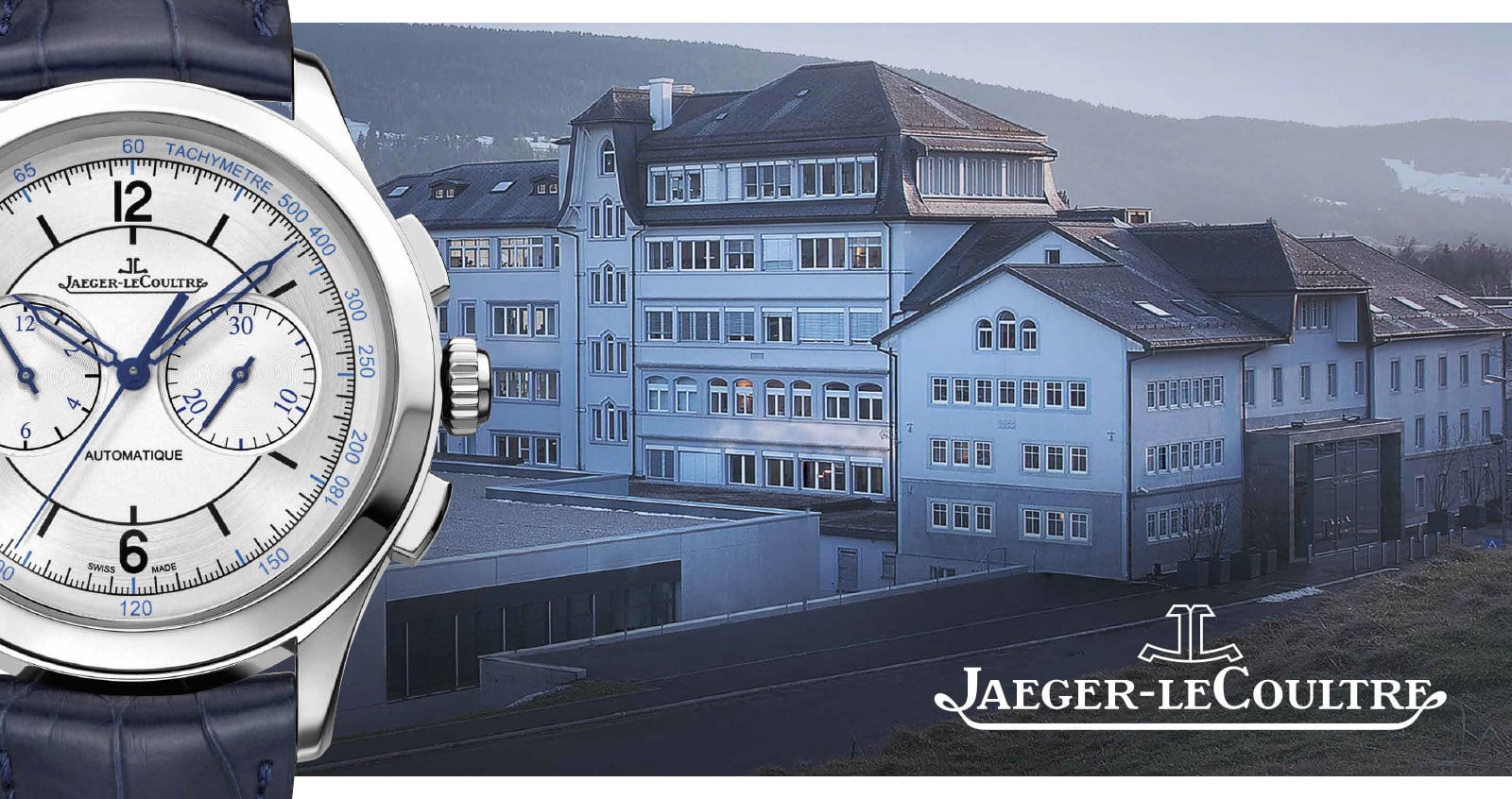








 Rolex
Rolex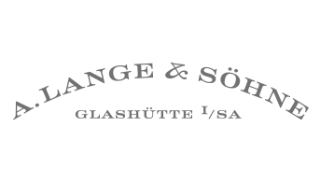 A. Lange & Söhne
A. Lange & Söhne Blancpain
Blancpain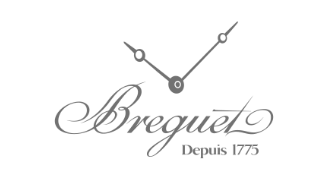 Breguet
Breguet Breitling
Breitling Cartier
Cartier Hublot
Hublot Vacheron Constantin
Vacheron Constantin IWC Schaffhausen
IWC Schaffhausen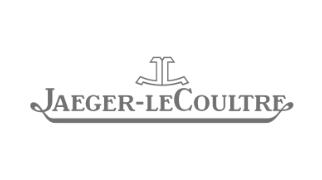 Jaeger-LeCoultre
Jaeger-LeCoultre OMEGA
OMEGA Panerai
Panerai Roger Dubuis
Roger Dubuis TAG Heuer
TAG Heuer Tudor
Tudor FOPE
FOPE Agresti
Agresti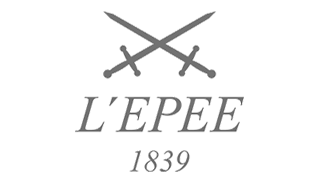 L’Épée 1839
L’Épée 1839



